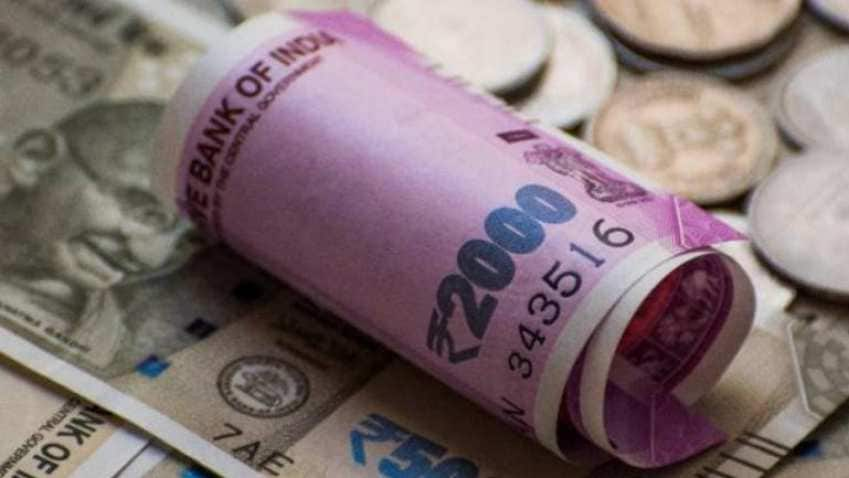- January 23, 2020
- Posted by: Amit Pabari
- Category: Economy

At home, the RBI conducted four debt swap auctions of Rs 10,000 crore each between December 23, 2019 and January 20, 2020, in their effort to bring down the sovereign bond yields. The central bank’s ‘Operation Twist’ has only helped to bring down the 10-year G-sec yield by about 12 bps from 6.76 percent to the current level of 6.63 percent. With the retail inflation ruling much higher than 6 percent, it is less likely for the 10-year G-sec yield to trade below 6.50 percent in the near term as the demand remains subdued.
Secondly, the spread between the repo rate and the 10-year G-sec yield is currently at 148 bps which is higher than the government’s desirable target of 130-135 bps. The high yields on long-term government borrowings led to banks pricing their retail loans at high rates. If the yields fall down, these loans can be expected to get slightly cheaper which eventually helps in boosting consumer spending. However, the government’s market borrowing plans in the forthcoming financial year will remain crucial to guide the direction in yields.
Going further, the International Monetary Fund made sweeping cuts to its growth forecasts for India for the current financial year and the next two. It cut its estimate for 2019-20 (April-March) by 130 basis points to 4.8 percent. The IMF also made a similarly large 120 bps reduction in the forecast for 2020-21 to 5.8 percent. This is on top of a 20 bps cut announced in October. For 2021-22, the IMF has slashed its growth forecast to 6.5 percent from 7.4 percent. This shall be more justified by how the government plans its budget which will have its repercussion on the GDP figures in the quarters to come.
Bad run for the economy
Taking about deficit numbers, the bad run for the Indian economy continues with the latest victim being the government’s direct tax kitty, where collections have now entered the negative zone for the very first time. The direct tax collection in the current fiscal up to 15 January has fallen by 6.1 percent compared with the corresponding period of the previous year. This shortfall has been attributed to a combination of the government’s decision to cut corporate tax rates in September and the overall economic slowdown. If the government is able to manage its finances and contain the deficit, it will potentially seal the fate of any big tax cut announcement in the coming Union Budget.
The upcoming Union Budget for 2020-21 is crucial not just because of the gloomy state of India’s growth trajectory, but because the policies of the government require a certain order in terms of priorities along with stronger cooperation between the Centre and state governments. In order to spend its political capital, it is important for the government to decide where its priorities lie; a sustained recovery that benefits all (may be a populist budget) or those it thinks are more deserving of benefiting from a faster-growing India. All of this will impact the foreign inflows into the country. A good-to-hear budget with higher infrastructural spending, fresh corporate reforms and re-alignment in personal taxation might attract foreign investments into equity. But the same could weigh on the bond market as this will increase the burden on the fiscal deficit target of the government.
Hence, all in all, the current situation suggests that the impact on the currency shall remain biased towards depreciation with a cap near 72.40 levels until March 2020. Even if the budget gets in a few inflows, the excess of the same shall be digested by the RBI which is on the “march of hoarding dollars”, thereby limiting appreciation near 70.50 levels.
Amit Pabari is managing director of CR Forex Advisors.
Leave a Reply
You must be logged in to post a comment.

